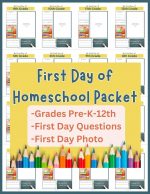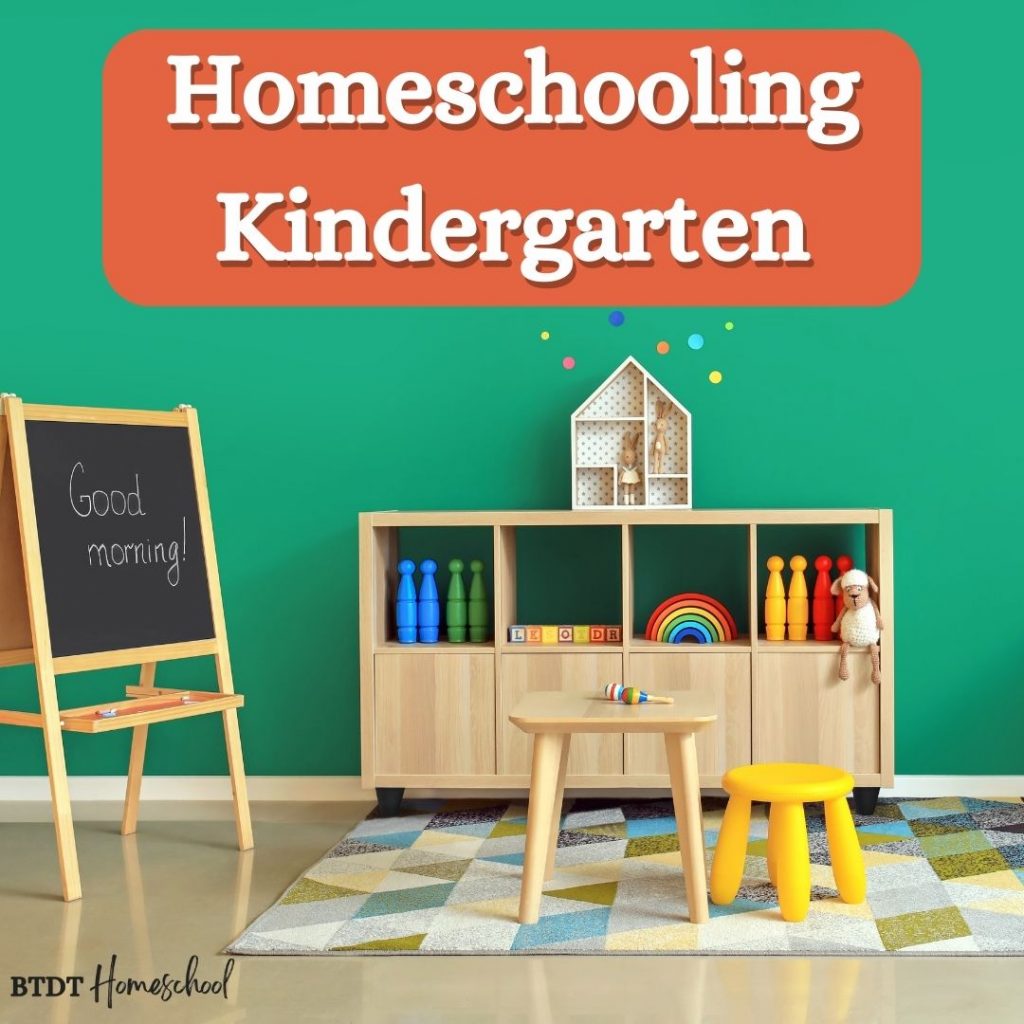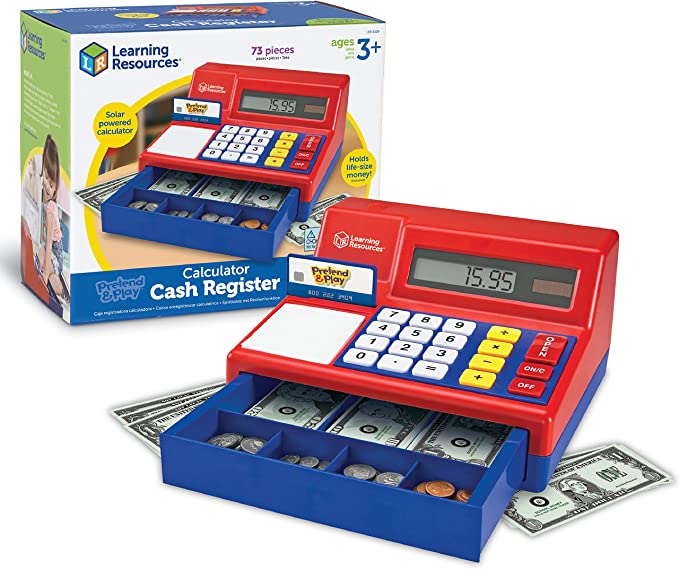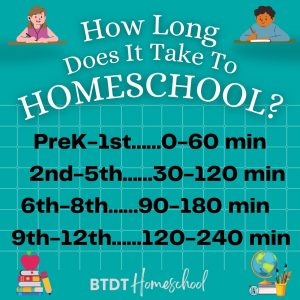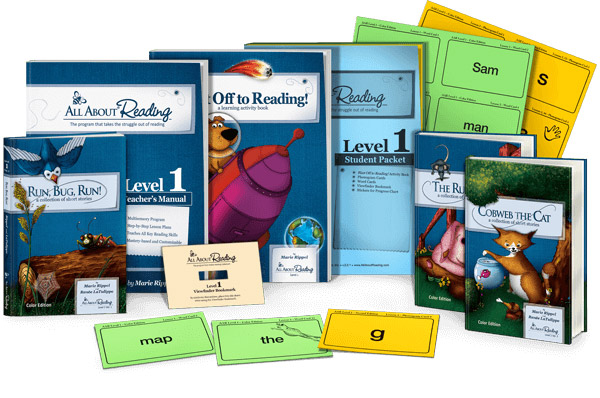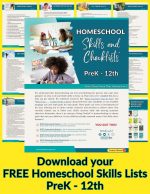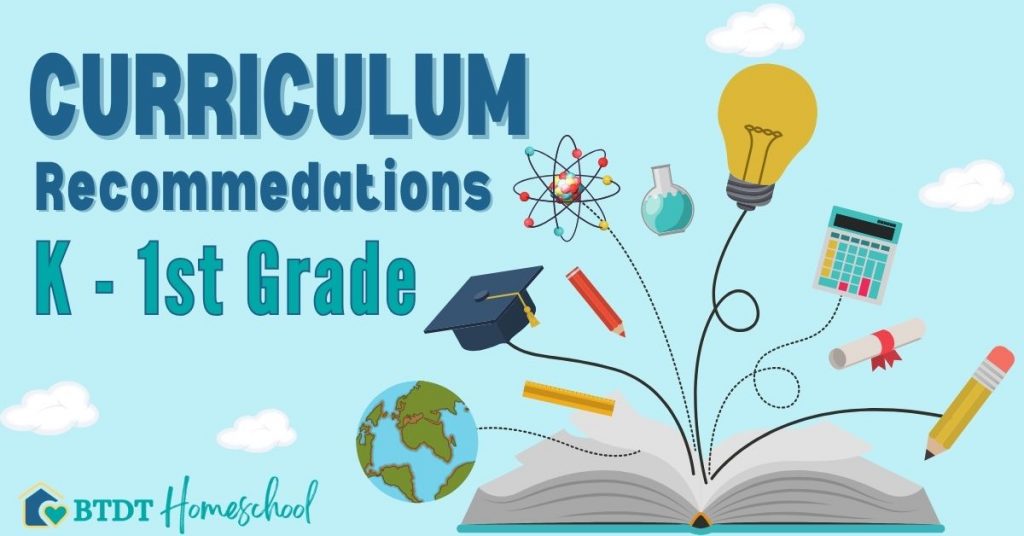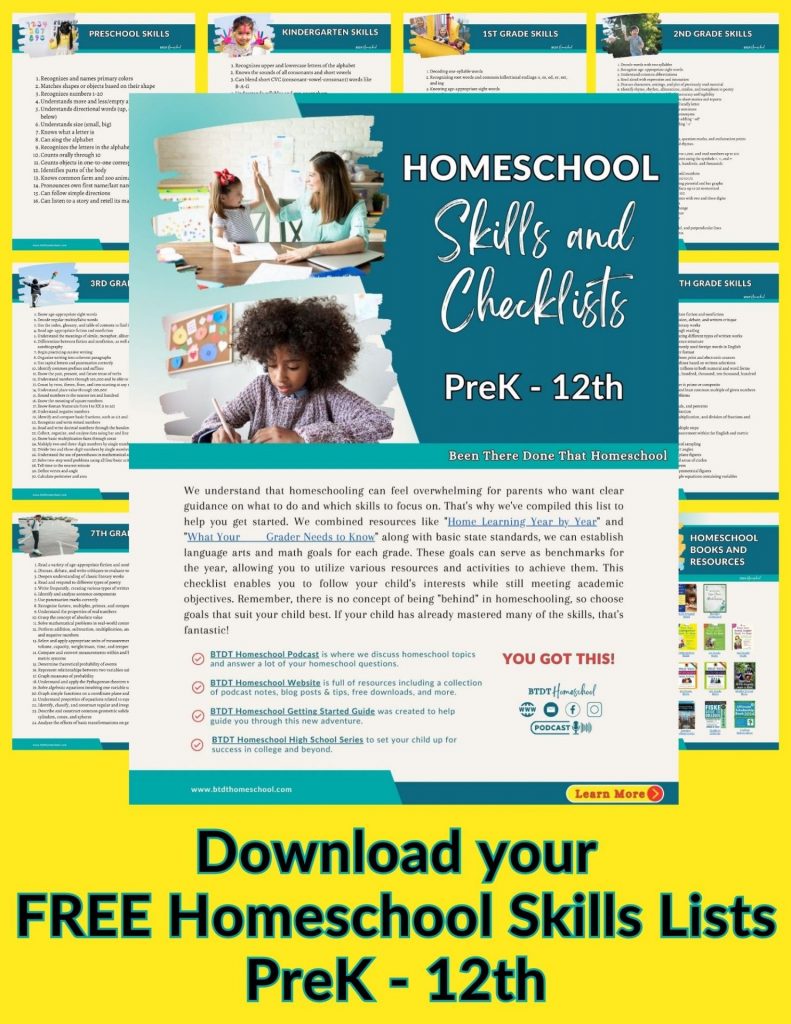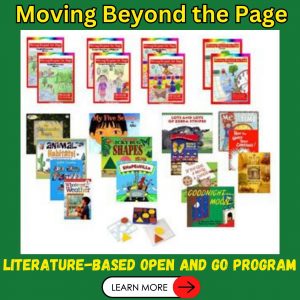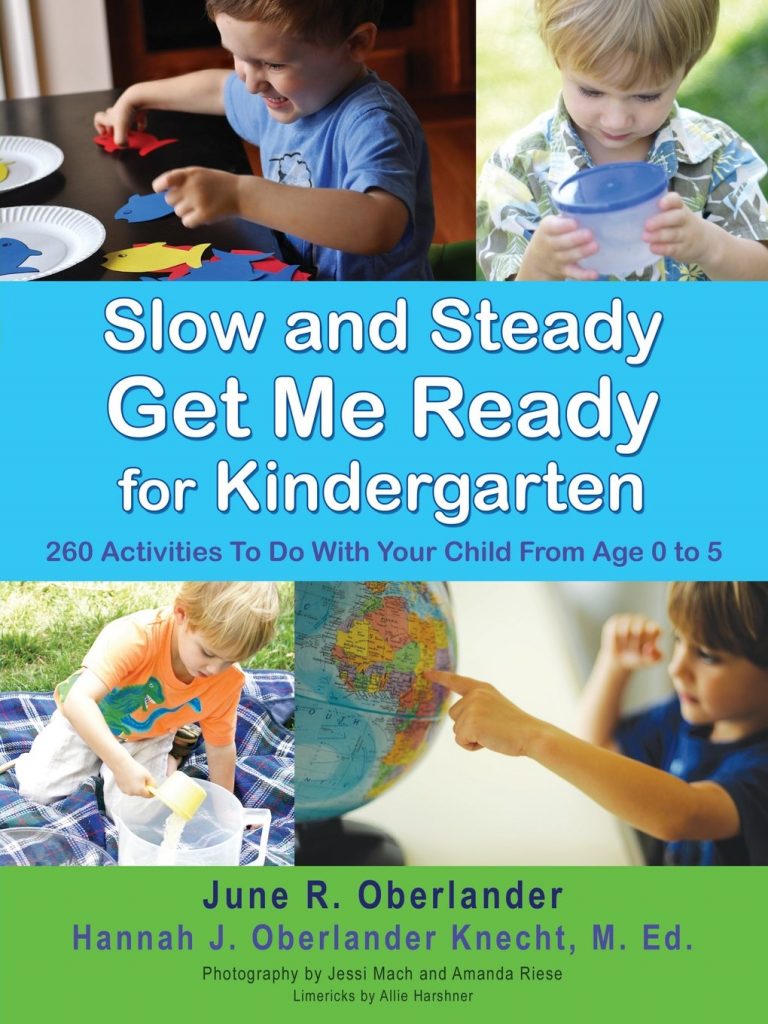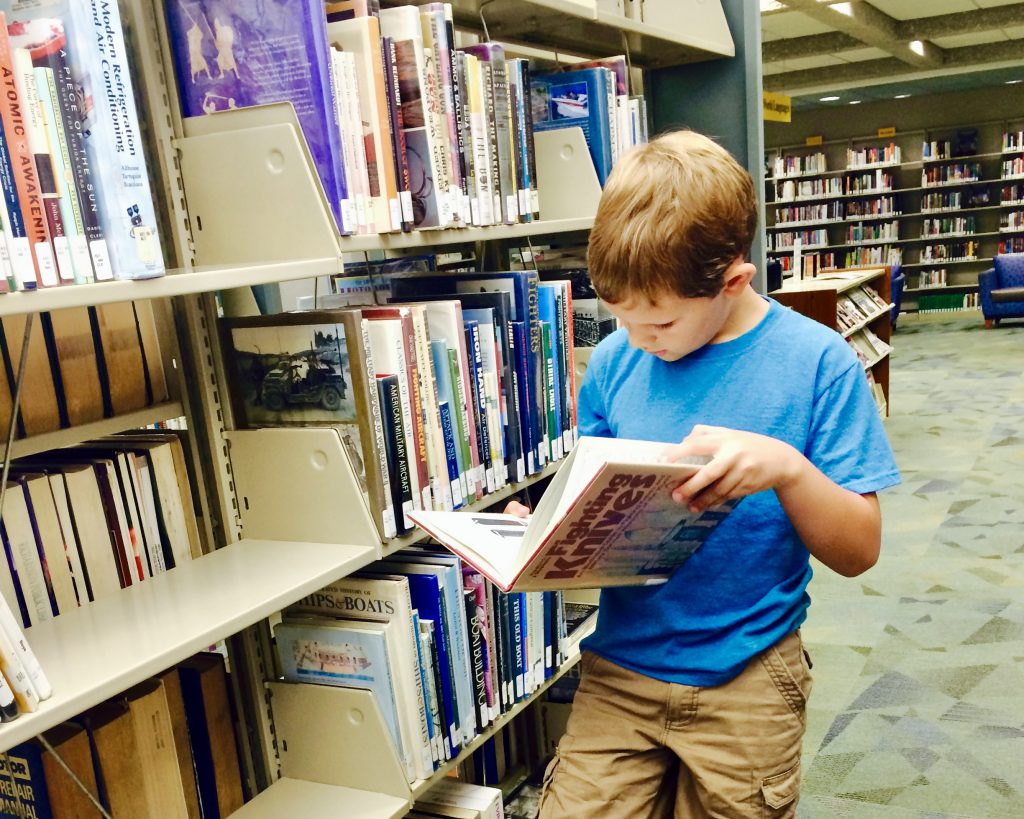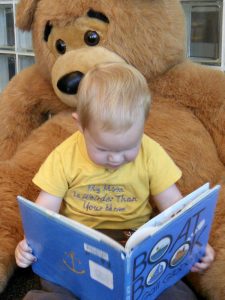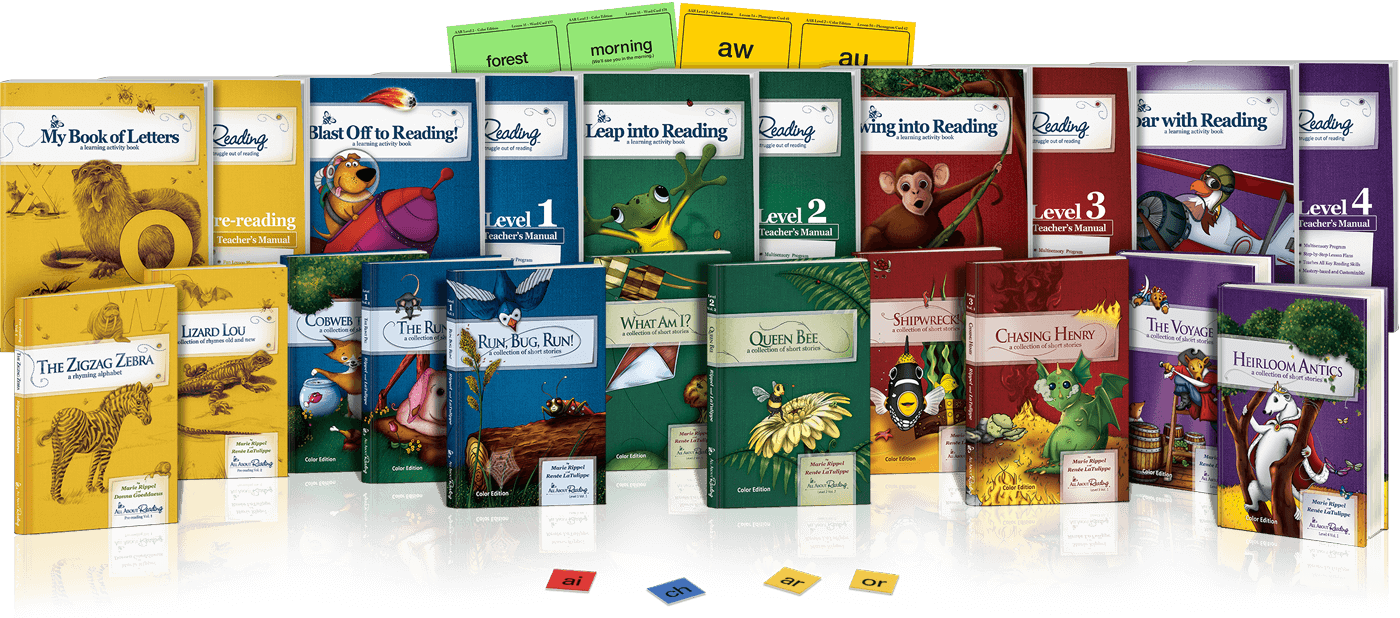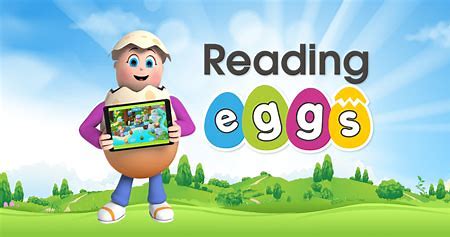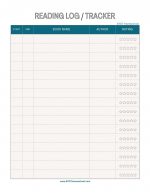039. First Day of Homeschool
It’s Back to Homeschool!
First Day of Homeschool
Celebrate your first day of homeschooling with excitement and fun, whether you’re schooling year-round or following a traditional schedule. Make this day special and memorable by creating your own unique traditions. How do you celebrate your first day of homeschool? What are some “NOT Back to School” traditions that make this journey extraordinary? And how do you start your first lesson to set the tone for a fantastic year ahead? Join us today as we answer these questions and more, ensuring your homeschooling adventure begins on a high note!
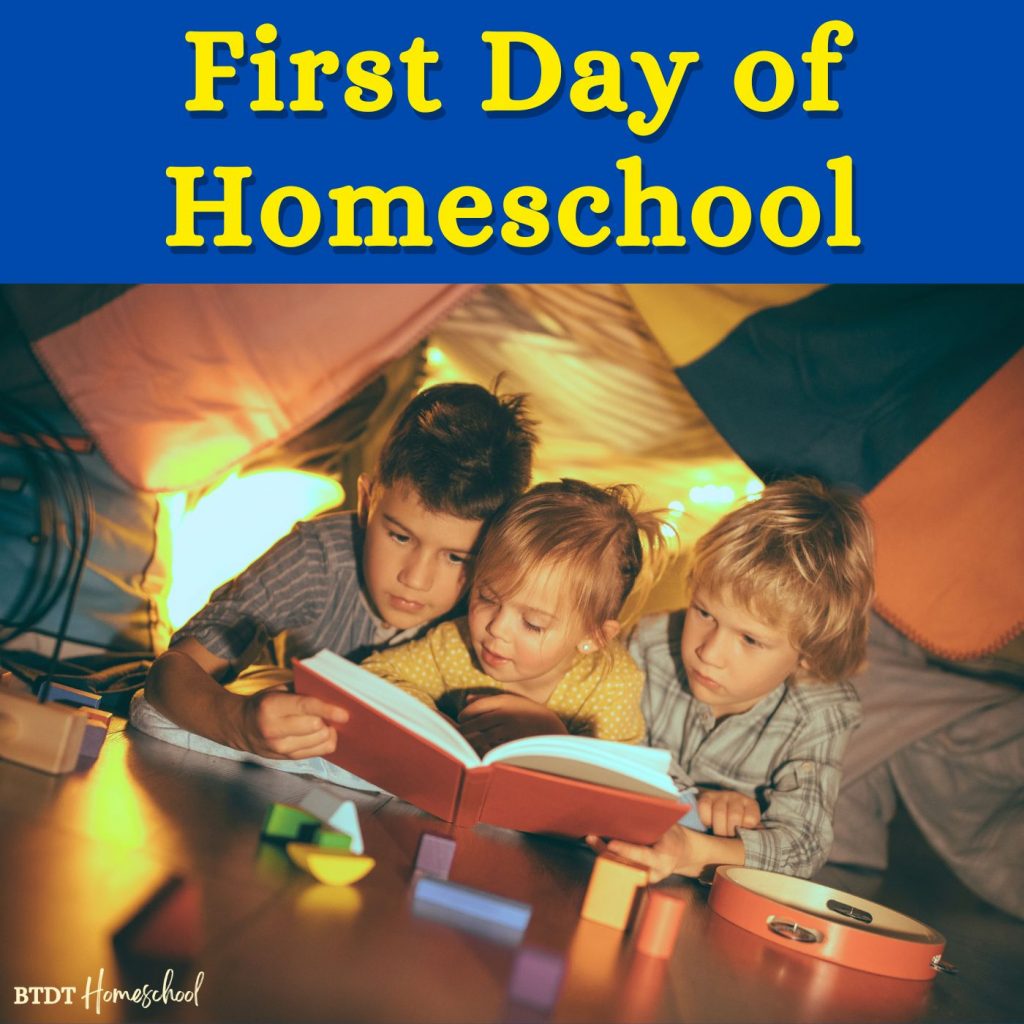
Episode 039:
TWO WAYS TO LISTEN TO THIS EPISODE:
1. Click PLAY Button Above ^^ to listen here.
2. OR Listen on your favorite podcast platform:
Scroll down for this week’s FREEBIES:
First Day Interview (pdf)
First Day Photo Signs (pdf)
Brand New to Homeschooling?
GETTING START PAGE >>
Kindergarten Page >>
High School Series >>
Show Notes
It’s back to homeschool! Whether you like to school year-round, or follow a traditional school schedule, there’s usually a time when you take a significant break and start back with a new curriculum, new supplies, and lay out new goals for your year. Back-to-homeschool is such an exciting time! It’s the perfect time to establish a good routine.
If you’re brand-new to homeschooling, be sure to visit our GETTING STARTED Page to walk you through Step by Step!
It’s a good idea on the first day to let your kids take some time to thumb through their new curricula and resources. Some families may be totally stoked by seeing their new year’s program coming together. But if your kids aren’t thrilled with flipping through their new books, it’s okay! Some kids might find it a little overwhelming to see an entire year of school work and all the books and projects laid out on the table- even all the FUN ones you selected you know they’ll love.
And maybe you have children who have lost their joy for learning? If you have recently withdrawn your child from school, we talked about how essential it is to go through a process of Deschooling. Typically, when people are pulling their kids up from school it’s because they are in an environment that’s not working for them academically or emotionally and going through this step is really going to set your Homeschool up for success so don’t skip it! Deschooling 101 >>
But once you have gone through this, they still might not be completely thrilled about homeschool – hopefully they are! Remember, you’re a homeschooler! You have the power and flexibility to tap into their interests and excite their learning once more! You have the opportunity to create a fun homeschool first day to get the momentum started. Planning Your Homeschool Year >>

Find your families natural rhythm is Episode 009. Schedules, Routines, and Rhythms
How do you celebrate your first day of homeschool? (5:58)
Celebrating your first day of homeschooling can be so much fun. You can set some great traditions and make some really special memories. But before we get into some of those fun traditions, we put together some tips that are going to really help set you up for success:
10 Top Tips for a Great First Day of Homeschool
1. Don’t plan to teach EVERYTHING on the first day
It’s really important to ease back into your school schedule slowly. A lot of seasoned homeschoolers would tell you to start with just a few subjects and slowly add in more later in the week or even over the next few weeks. Relax and enjoy those first few days of school. Your children will have a much better attitude about starting school.
2. Take a picture
Those kiddos in the camera lens are the reason for all of the hard work. They are absolutely worth it. A lot of people like to take it while their child is in their PJs all day long, or on their front porch, or at the donut shop. Taking a picture really drives home how fast they are growing and how fleeting these years really are. Scroll down to get your FREE First Day of School Photo Signs
3. Plan a special breakfast
One of the great perks of homeschooling is that we have more freedom over our day. Take advantage of it by taking the time to go out for breakfast while other kids are waiting for the school bus. Or pick up some donuts and sit on your front porch while you wave at the school bus! You could also cook a special breakfast. Plan whatever feels special for your family – you could put together a waffle bar, have pancakes and sausage, make an omelet bar, or have that special sweet cereal that maybe you usually say no to.

Pancake Pen >>
4. Plan a fun activity
- Some people like to create a school year vision board together. If this is something you want to do, have all the supplies on hand and ready like posterboard and stencils or stickers. Together with your kids, you each can reflect on your personal goals for homeschooling. You can talk about what you hope to achieve and write them all down.
- Take advantage of your flexible schedule and go on a field trip! Download your Free 100 Field Trip Pack with writing prompts.
- Design a schedule for your homeschooling activities together with your kids. Make it visually appealing and display it prominently in your learning space.
- A lot of people like to bake cookies or a back to school cake – Home Economics 101! You could also take some of those treats to a nearby fire or police station.
- Decorate your classroom together.
- We’ve always created a homeschool binder and use dividers between subjects. If this is something you also want to do, you can spend some time having your kids decorate their binder.
- You could create a treasure hunt for them to find their curriculum all over the house.
- Board games are a great way to start. We always play a boardgame on the first day of school! We have a great List of Educational Games. Your kids may not even know they’re learning! You can even make your own with these FREE Boardgame Templates >>
- Water balloon fight or Silly string fight
- All those museums are finally empty and waiting for you so plan an outing and go see that new exhibit.
- Enjoy a day at a park with your new homeschool group.
- Do an Art Party or do self portraits. Free Art Party with The Art Sherpa >>
- Have a Poetry Tea Time
- Go swimming – most pools are still open and with public school back in session, they are all yours!
- Meet friends at the park or at a coffee shop to play board games.
- Spend the afternoon at the lake. Your kids can break in their new literature book in a hammock.
- Encourage journaling or artwork where you can express your thoughts and feelings about your first day. This can serve as a keepsake to look back on as you progress through your homeschooling adventure.
- Do an activity related to your curriculum. You can get really creative with this! For example, if you’re studying history, you can create a timeline. If you’re learning about simple machines in science, build a Lego car and create a ramp and have a race. You could also do simple experiments. Make slime for chemistry or erupt volcanoes. You can go anywhere with this! More Free Science Ideas with downloadable activities
- Outdoor exploration: go on a nature walk to celebrate your first day. Observe and document your findings. For little ones, we have a free nature scavenger hunt you can download.
- Finally, if you’re not too exhausted, end your first day of homeschool with a family game night or watch a movie. You could even choose a movie related to a subject you’re learning about.

The possibilities are endless!
And don’t stop the homeschool fun after your special celebration! Make fun a priority as you create a relaxed learning environment for your kids to thrive. Learn how to keep learning fun >>
5. Complete First Day of School/All About Me Questions
Get your FREE First Day of Homeschool Packet with Questionnaire >>
Kids grow and change impossibly fast. Sometimes it’s hard to see it day to day, so I have my kids complete a First Day interview every year on the first day of homeschool. I save it and we all reflect on the changes of the previous years after they fill it out. They are always so amazed on how much they have changed and grown and quite frankly, I am too! I just wrote a blog post called The Bittersweet Beauty of Homeschooling: from Little Feet to Flying Wings. One night last week I woke up in the middle of the night and couldn’t sleep. I bawled my eyes out when I wrote this post reminiscing when my kids were little. Sometimes in all of the chaos and the whirlwind of it all, it can be hard to see just how fast everything is moving. They change so fast, so document it.

6. Don’t forget to plan for lunch
You will be busy all morning with the excitement of the new year, projects, games, and teaching so either plan something quick and easy or cook lunch as part of a homeschool lesson. I usually plan something really simple. Or you could pack a lunch and have a picnic and chat about your first day and what you’re looking forward to this year.
7. Read together
Reading together is one of our favorite homeschool memories. Choose a new read-aloud together and start each morning reading a chapter to get in a groove of a new routine. Maybe set up a new read aloud space or cozy corner in your house, fill a new bookshelf or basket with some special new reads. Get some fluffy blankets, or a bean bag chair, or a new light. Check out the Top 50 Books for New Readers and Favorite Books for Middle Schoolers
8. Get the kids moving
Homeschool does not mean sitting at a desk for 8 hours a day. But it can be a little less active than running around all summer. You can ease that transition by planning something to get the kids moving. Get out in nature and take a hike, do a YouTube yoga routine, turn off the music and have a dance party, go play tennis together, go biking, or roll some exercise dice. Take them to the gym or if they are driving, let them go to the gym by themself.

You may also want to Arrange meet-ups with other homeschooling families or friends who are also starting their homeschooling journey. Share experiences, tips, and celebrate together. This really sets the tone for how social homeschooling will be- this is great for kids new to homeschooling and worried about that aspect.
9.Be Prepared and Routine-Minded
Set up a comfortable and organized learning area or dedicated education space in your home. Decorate it with colorful posters, motivational quotes, and any other items that inspire you. Remember, you’re setting the stage, take time each night before bed or on Sunday night to gather your materials and lay out your week ahead.
You are beginning to set the stage for your entire school year. Consistency is important, but know that things are going to go wrong, so instead of having a very rigid schedule, be more routine-minded. Even if you’re not a brand new homeschooler, this is a new year and you’re still figuring things out so be gentle on yourself and be patient with your children. They are still learning the expectations you have of them so if things aren’t perfect, give them gentle reminders. It’s going to take some time. And chances are if you’re not a brand new homeschooler, the expectations are going to be more than the previous year as they are one year older.
Carl Azuz student news: World from A to Z
10. Prep/Plan Dinner BEFORE
You will be TIRED so make this easy on yourself, prep the instant pot the night before. Or start a tradition by ordering pizza for dinner on the first day of homeschool.
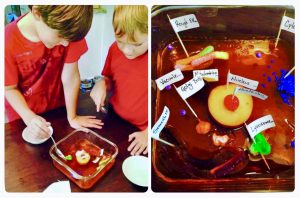
What are some Not Back to School Traditions? (27:19)
Homeschooling provides the opportunity to create unique traditions that celebrate the start of a new academic year. We’ve done so many “not back to school traditions” through the years.
“Not Back to School” party:
One thing we really loved (and still love) is a Not Back to School Party. These are so much fun and so easy to plan. If there isn’t one in your area, throw one together yourself. Organize a picnic in a local park or your backyard with other homeschooling families. It’s a chance to connect, share experiences, and build a sense of community.
Not Back to School Basket:
I always make a “not back to school” gift basket for my kids. I put it out when they are still sleeping so it’s always a surprise when they wake up in the morning to find all the goodies. I put in lots of snacks, science kits, their FREE school IDs (Homeschool Buyers Club), fancy pencils, phone chargers, silly string, or water balloons. They are older now, so sometimes I like to put in Starbucks or Amazon gift cards, a fancy journal, and buy them. They each get their own Nutella jar, and on the Nutella say you can print custom labels for each grade. Download your FREE Nutella School Labels >>

I can’t wait for my mine to arrive!
A few of our Not Back to School Baskets over the years:

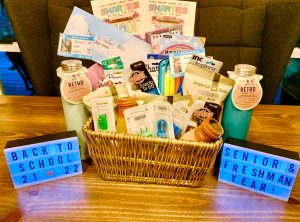
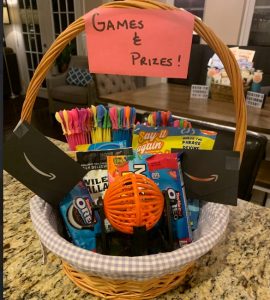
New Pajamas:
We always make a big deal about getting new pajamas for homeschool. It started out as a bit of a joke for our couch school, but the grandparents look forward to our silly pajama first day of school photo every year!
Time Capsule:
Some people like to create a Time Capsule where everyone puts in items that represent their current interests, aspirations, and goals. You can bury it or store it away to open at the end of the year or on a future milestone.

Theme Day:
Choose a theme that relates to a subject or topic you’ll be studying during the year. Dress up, decorate your learning space accordingly, and engage in activities, games, or experiments centered around that theme.
Homeschool Olympics or field day:
Organize a friendly competition with other homeschool families. You can set up an obstacle course and do all kinds of physical activities, you can do team challenges, or also intellectual games. It’s really a fun way to promote teamwork, sportsmanship, and friendly rivalry.
Curriculum Unboxing:
Treat the beginning of the academic year like an unboxing event. Gather all your learning materials, books, and resources, and unveil them with excitement. It adds an element of anticipation and enthusiasm.
Volunteer or Community Service Day:
Dedicate a day to giving back to the community. Find a local organization or charity where you can volunteer together as a family, contributing your time and efforts for a good cause. A school backpack/supply drive or stuffing event is also a great way for our homeschoolers to see how lucky they are!
Reflection and Goal Setting:
Take time as a family to reflect on the previous school year and set goals for the upcoming one. Talk about everything you achieved, the challenges you faced, and all the aspirations you have about the new year. We talked earlier about creating a vision board. This could be part of that. If you do create one, display it in your homeschool room to remind you of your goals.
Remember, the traditions you establish can be as unique and individual as your homeschooling journey. They should reflect your family’s values, interests, and educational goals. Feel free to adapt and create new traditions that resonate with you and make the start of each homeschool year meaningful and exciting.
How to start your first lesson? (35:12)
Starting your very first homeschool lesson can set the tone for a successful and engaging learning experience.
Here’s a step-by-step guide on how to begin:
Prepare the learning materials:
Gather all the necessary books, worksheets, or any other resources you’ll need for the lesson. Ensure that you have everything organized and readily accessible. There’s nothing worse than sitting down to do a project and finding out you are one ingredient short!
Set up the learning environment:
Create a comfortable and focused learning space. Remove distractions and provide a clean area for studying. Organize everything so it’s easily accessed and promotes a positive learning atmosphere.
Review the lesson plan:
Take a few minutes to review the lesson plan or outline for the day. Familiarize yourself with the reading and activities you have planned. It helps you answer the very important question- how much longer will this take?
Warm-up activity:
Start the lesson with a warm-up activity that captures their attention. This could be a short discussion, lighting a candle, or morning basket. It could be going over and reviewing what you learned the previous day or the previous school year if this is your very first day. You could also warm up by playing an educational game that’s relevant to the lesson.
When you’re ready to begin, start by introducing the new topic or concept. It would be a good idea to provide an overview of what will be covered and why it is important or interesting. Try to use real-life examples, visual aids, or stories to make the topic relatable and engaging. This is where we pull in things like our timeline for history, or lab journals for science.
Interactive instruction:
Engage your child actively in the learning process. Use a variety of instructional methods, such as discussions, demonstrations, videos, hands-on activities, or interactive online resources. Encourage questions and discussion to foster deeper understanding. I also like to give my kids something to do with their hands while listening to readings- a handicraft basket, quiet toys, coloring, etc.
If you have kids that are old enough to be independent or if you need to have one working on one thing by themselves while you work with another, this is where you can assign exercises, worksheets, or projects and provide guidance and support as needed.
Assess understanding:
Assess your child’s understanding periodically during the lesson. Use informal methods like questioning, discussions, or short quizzes to gauge comprehension. This will help you identify areas that may need further clarification or review.
Wrap up the lesson:
Assign any independent work for the next day or that they need to work on one their own. Or have a discussion about what you’ll be doing the next day or in the future with this lesson.
Remember to be patient, flexible, and support your children as you navigate your lessons or curriculum. If things aren’t working, adapt your teaching style to suit their needs and learning preferences or incorporate other resources to help them understand the concept you’re trying to teach. By starting your first homeschool lesson with enthusiasm, organization, and effective communication, you’re going to establish a positive and productive learning environment for your entire family.


